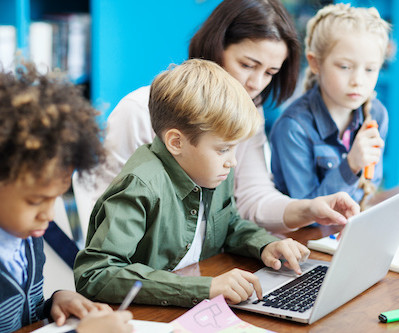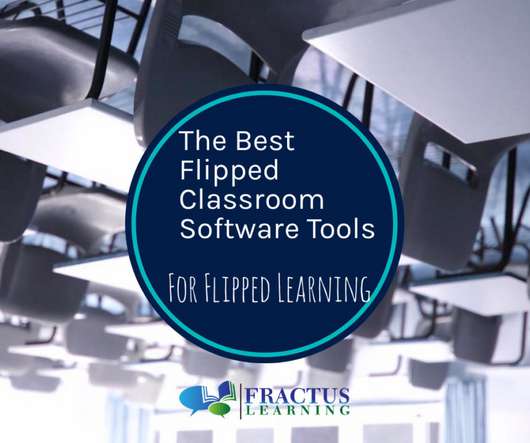Teaching Tools and Techniques
eSchool News
APRIL 5, 2024
Textbooks offer comprehensive coverage of subjects, accompanied by exercises, examples, and supplementary materials to reinforce learning objectives. Despite technological advancements, textbooks remain a cornerstone of classroom instruction, offering reliable information in a tangible format accessible to all students.















Let's personalize your content